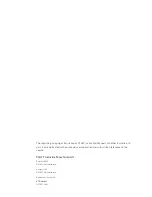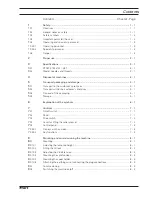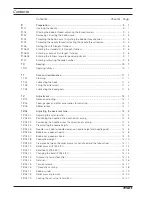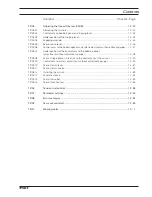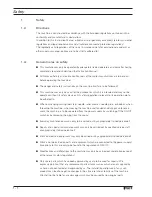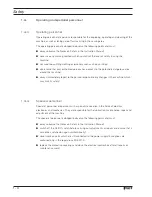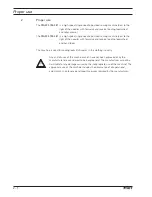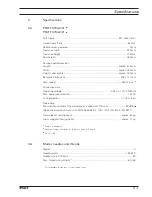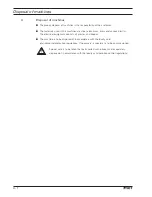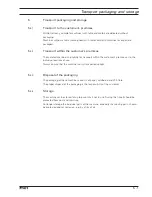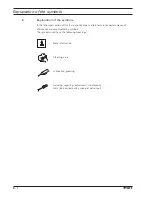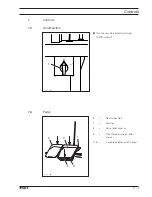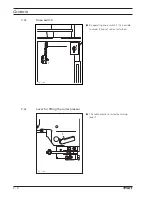Reviews:
No comments
Related manuals for 3734-2/01

34
Brand: R.P.S. Corporation Pages: 23

8304
Brand: IDEAL Pages: 36

APW-895N/IP-420
Brand: SanDisk Pages: 125

457A105
Brand: Singer Pages: 29

MERCURY2 USB3
Brand: Daheng Imaging Pages: 209

MO-70BA
Brand: JUKI Pages: 247

MC9900
Brand: Janome Pages: 22
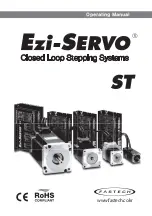
Ezi-SERVO ST
Brand: Fastech Pages: 38

2D-HD
Brand: Edco Pages: 12

Tribute 140C
Brand: Husqvarna Viking Pages: 48

6234XL
Brand: Janome Pages: 45

Fog Cooler
Brand: Pea Soup Pages: 2

DDL-8300N
Brand: JUKI Pages: 49

L-1C
Brand: JUKI Pages: 18

J-350QVP
Brand: JUKI Pages: 32

HZL-F series
Brand: JUKI Pages: 168

GHID-800E
Brand: Brother Pages: 20

HE-240
Brand: Brother Pages: 40


